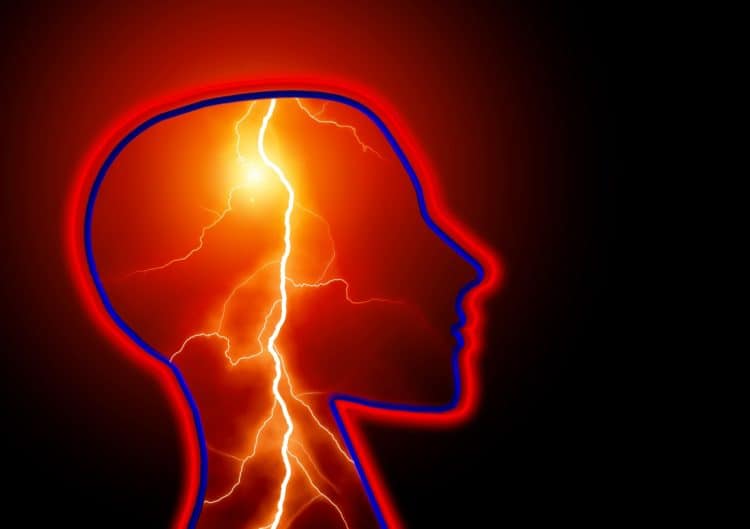While “Do CEOs matter?” has been a perennial question in management discourse, “the CEO effect” is difficult to isolate.
Morten Bennedsen, INSEAD Professor of Economics and the André and Rosalie Hoffmann Chaired Professor of Family Enterprise, along with colleagues Francisco Perez-Gonzalez (ITAM and NBER) and Daniel Wolfenzon (Columbia University and NBER) sought to find out how much CEOs matter by measuring the impact on firm performance when a CEO is absent, specifically, hospitalised.
They find, in a forthcoming paper, “Do CEOs Matter? Evidence from Hospitalisation Events”, soon to be published in the Journal of Finance, that the financial ramifications of CEO hospitalisation are significant, said INSEAD.
Highlights of findings
Based on data of nearly 13,000 Danish SMEs between 1996 and 2012, Bennedsen and his co-authors find that five-to-seven day hospitalisations sent firm profitability tumbling by 7% in the year of illness, the business school noted.
Longer hospital stays of 10 days or more wreaked even deeper damage, lowering operating return on assets (OROA) by a full percentage point.
Given that the average age of today’s CEOs is between 57 and 60 (depending on the industry), hospitalisation is also a plausible possibility – especially so in light of the coronavirus outbreak, INSEAD pointed out.
CEO hospitalisations cost more than twice as much
Compared to hospitalisations involving senior managers subordinate to the CEO, chief executive hospitalisations cost firms more than twice as much, the business school said.
In exploring hospitalisations, the researchers’ purpose was to gain more clarity on “the CEO effect” – the portion of firm-level performance directly attributable to the chief executive, said INSEAD, adding that a proxy effect stemming from industry differences or even blind luck however cannot be discounted.
Focusing on hospitalisation enabled the study authors to gauge the CEO effect by comparing an organisation’s performance during the year of the CEO’s illness to that of past years under the same CEO, INSEAD noted.
To ensure the noted effects genuinely derived from the temporary loss of the CEO, the authors controlled for various other factors, including turnover among senior managers, prior health scares from the same CEO which might boost organisational preparedness, and firm performance prior to the CEO’s hospitalisation, the school said.
None of these yielded statistically significant results, suggesting it was indeed the CEO’s absence that caused the pronounced dip in performance, INSEAD observed.
However, the degree of the dip varied depending on a number of attributes.
It was greater in the case of younger, better-educated and more experienced CEOs, as well as for organisations with above-average power concentration at the top of the hierarchy, INSEAD said.
In addition, firms within rapidly expanding and human capital intensive industries – which demand more management skill – took especially heavy hits when a CEO was admitted to hospital, INSEAD added.



